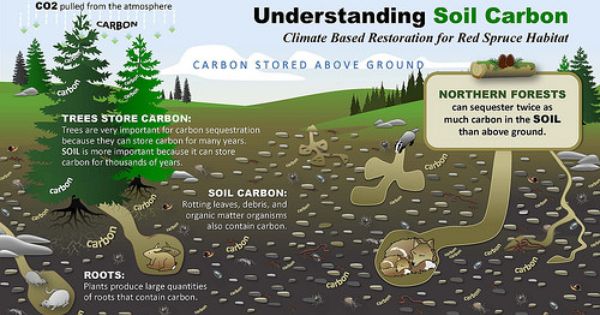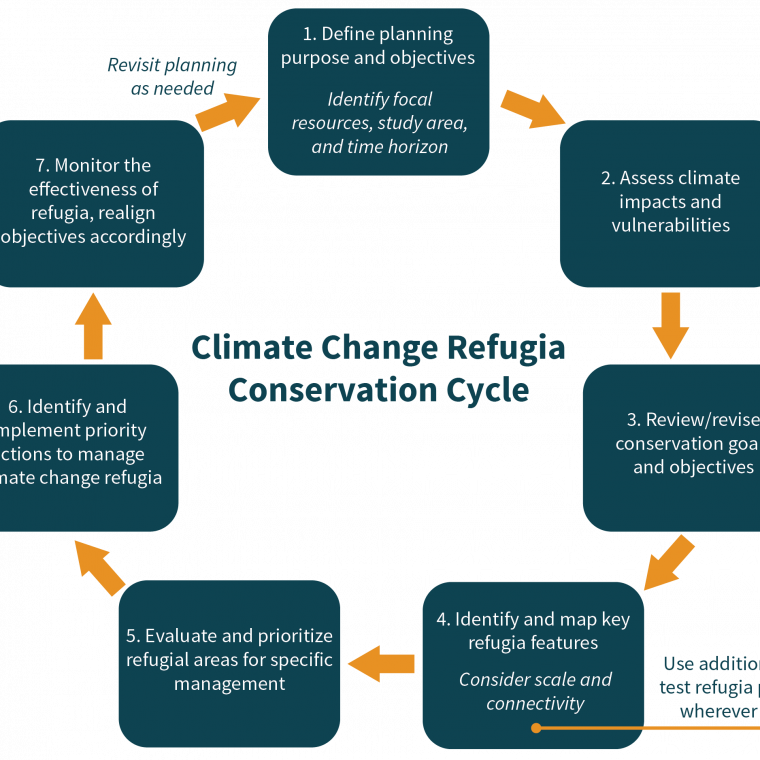Any consideration of forest carbon storage must include soils. In temperate forest ecosystems, the amount of carbon stored in soils is often greater than the amount stored aboveground in living and dead plant biomass. Although the relative amounts of organic carbon in plant and soil components vary by climate and region belowground carbon is a substantial carbon pool. The total amount of carbon stored in aboveground forest biomass (living and dead) varies far less across diverse forest types, with an average aboveground stock for US forests being 55 Mg carbon ha-1 (1). In contrast, belowground carbon stocks show more variation, even when we limit our consideration to the top meter of soil.
This variability in belowground carbon is an important consideration for evaluating forest management options that maintain and promote soil organic carbon, rather than allowing it to be lost to the atmosphere. Here, we focus discussion of changes in soil carbon in terms of inputs and outputs. The primary management controls we have available include such input factors as stand type, productivity, and rotation age, and such output terms as controls on decomposition and carbon export; these latter factors are affected by management activities related to changes in stand structure and microclimate, wildfire and changes in site drainage.
D’Amore, D.; Kane, E. 2016. Climate Change and Forest Soil Carbon. (August, 2016). U.S. Department of Agriculture, Forest Service, Climate Change Resource Center. www.fs.usda.gov/ccrc/topics/forest-soil-carbon





